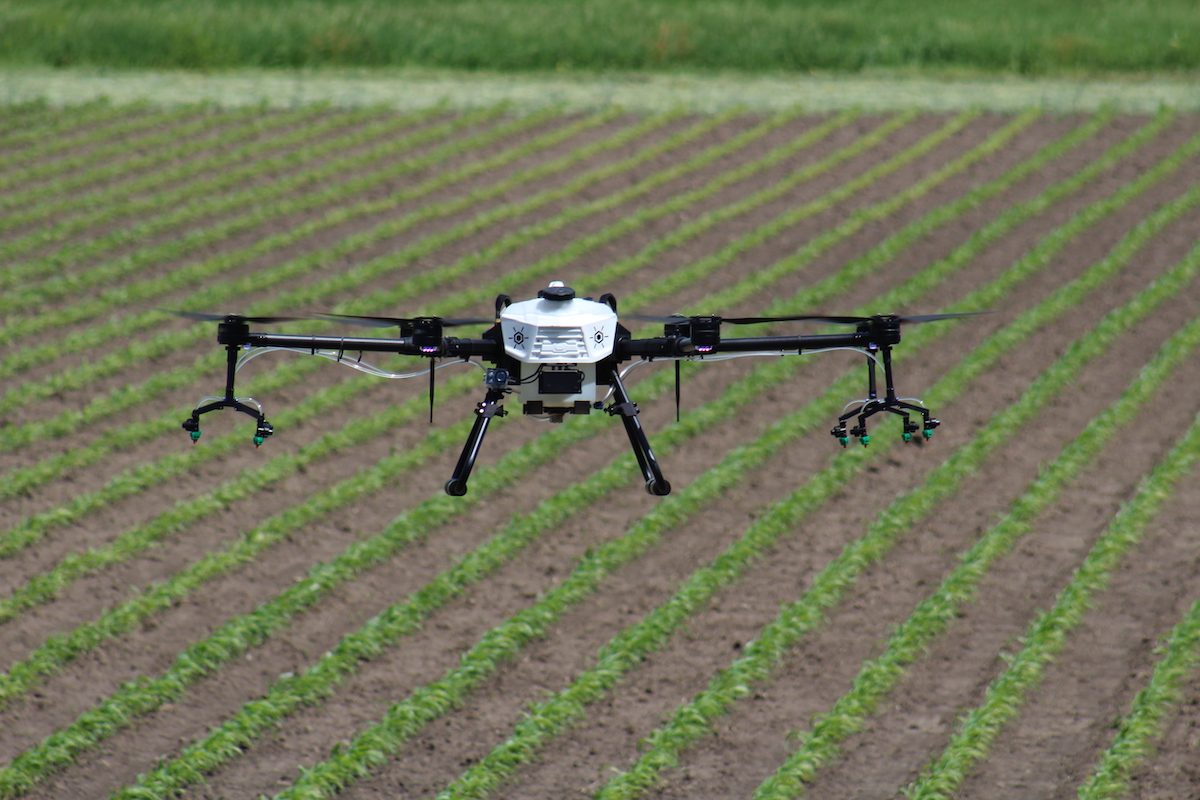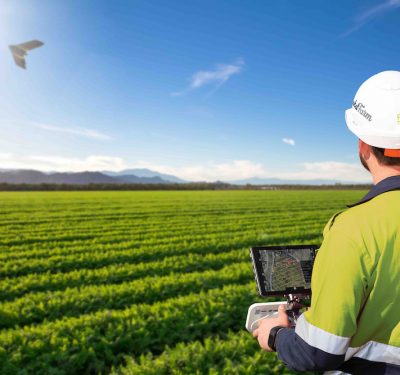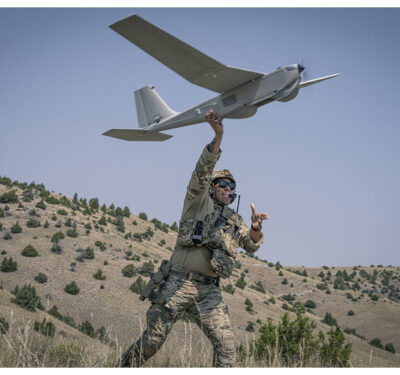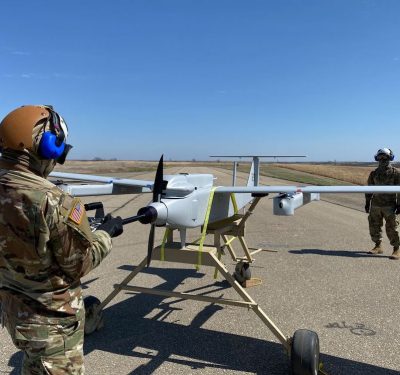
Hylio has secured a groundbreaking FAA approval, positioning itself as the first U.S. company permitted to operate large drones in swarms. This landmark approval allows Hylio to control up to three drones, each weighing over 55 pounds, with a single pilot and without a visual observer, heralding a new era of efficiency in agricultural operations.
Arthur Erickson, Co-Founder and CEO of Hylio, elaborated on the significance of this development, stating, “Swarming drones over 55 pounds has long been the desperately sought holy grail in the agricultural industry. This game-changing precedent lays the groundwork for Hylio customers and other drone users to obtain permission to swarm 55+ pound UAS, dramatically multiplying the productivity of crop operations.”
In a discussion with Inside Unmanned Systems, Erickson further highlighted the broader implications of this regulatory milestone for the agricultural sector, particularly in addressing labor shortages. “Farm labor is declining. And so it used to be that, you say, ‘Hey, we have our [drone], which can do about 30 to 35 acres per hour and a two gallon per acre rate’. So if you have three [drones] out there, you could get close to 100, maybe 120 acres per hour. It’s a huge thing in terms of labor efficiency, but also just being able to swarm them gets you up to the competitive levels of acres per hour productivity.”
This FAA exemption not only enhances the operational capabilities of drones in agriculture but also sets a precedent for future approvals. Erickson shared his vision for the evolution of drone technology, forecasting the use of larger drones for increased productivity. He speculated on the future of drone capabilities, saying, “I think we’re going to look at probably five to 10 [drones] is the optimal number of drones [in swarms]. And they’re going to be in the 1000 to 2000 pound range, at most, I would say. So you’re looking at the equivalent of a small helicopter, but they wouldn’t get much bigger than that.”
Hylio’s FAA approval marks a significant step in utilizing drone technology to its fullest potential in agriculture, offering a solution to the increasing labor shortages and setting a foundation for future advancements in the industry.






